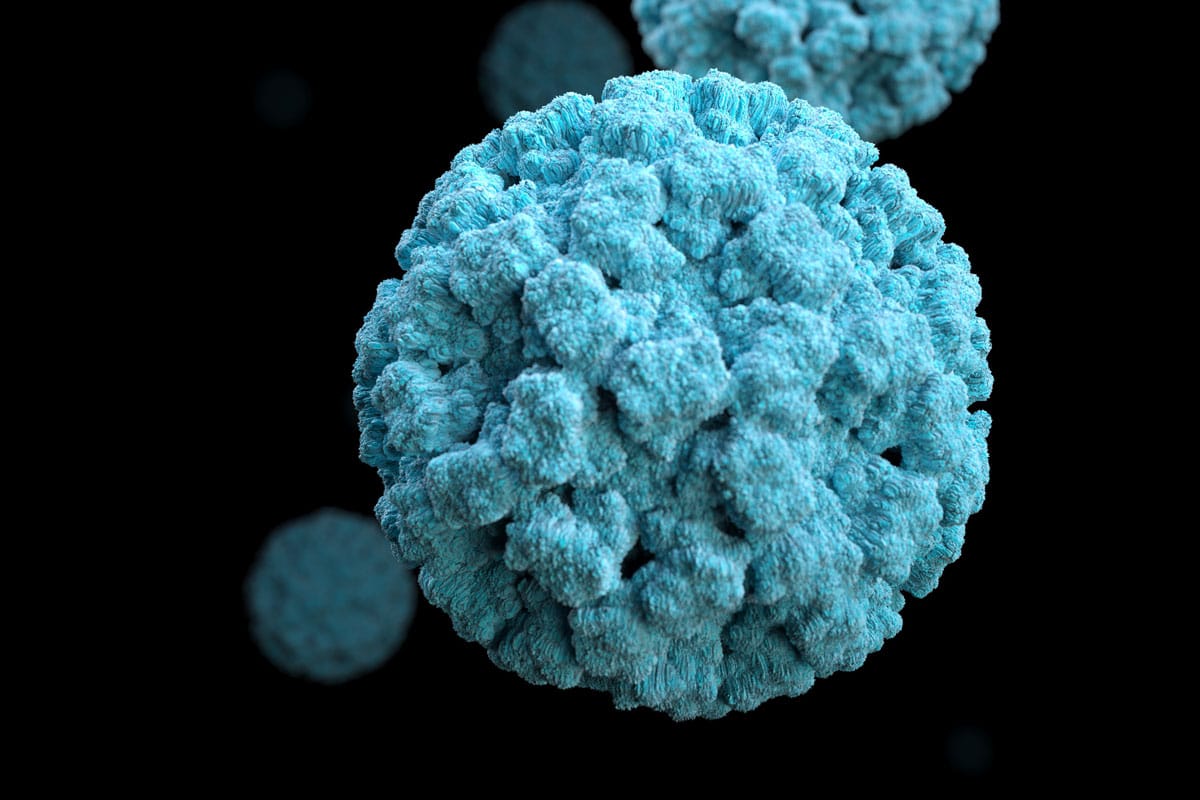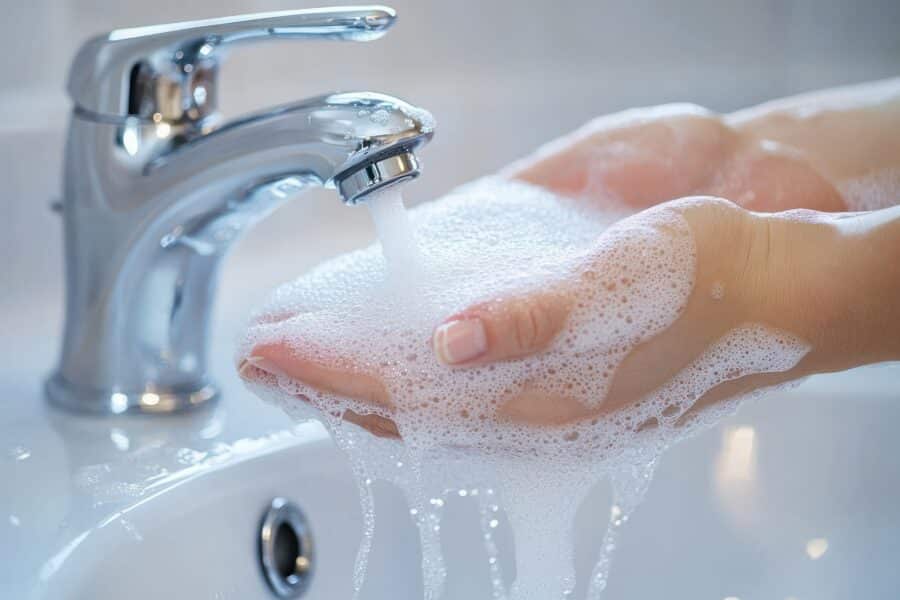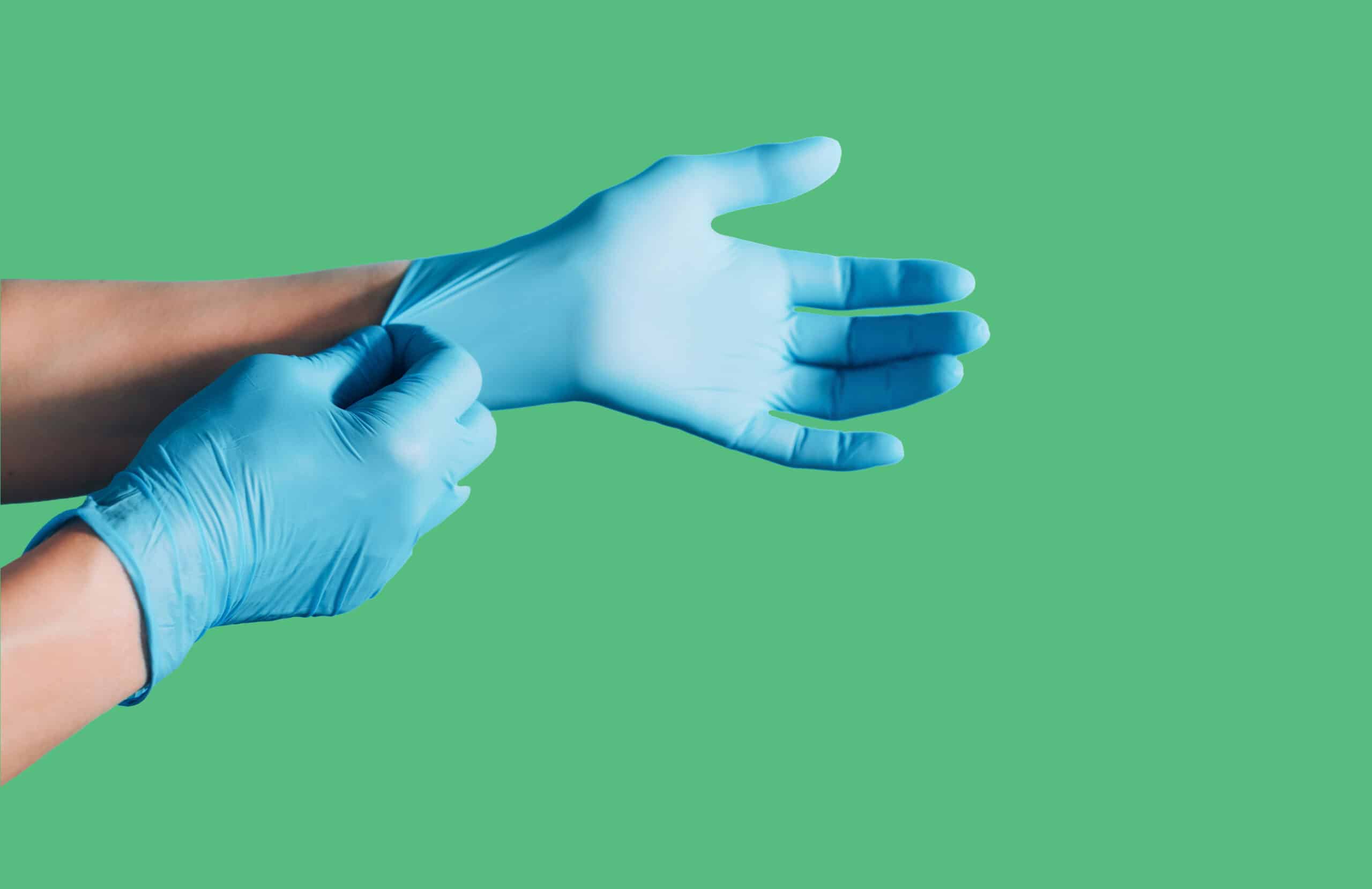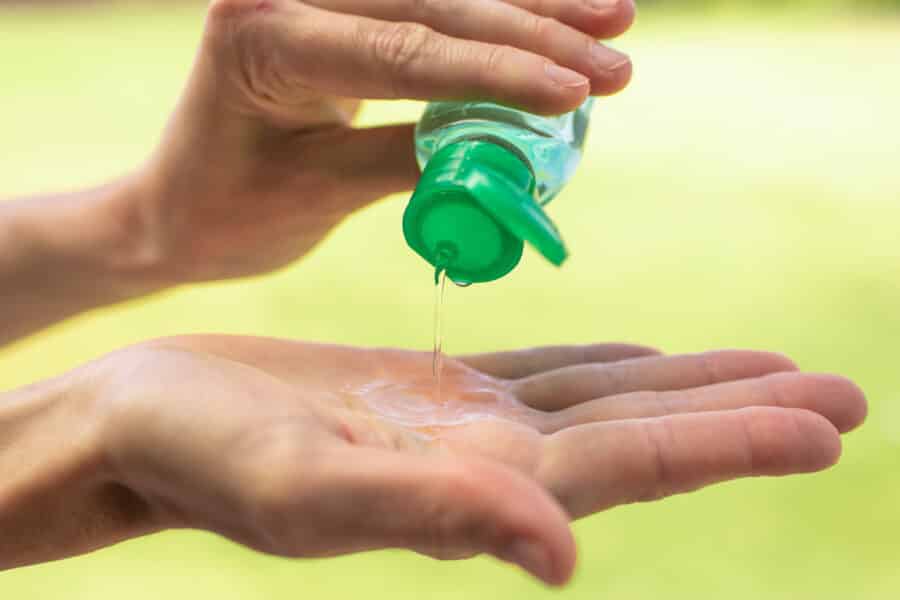Norovirus in care homes is a serious threat. Because it spreads so quickly in communal settings, vulnerable residents are at high risk. Prevention, rapid response, and thorough cleaning are key to keeping your environment safe.
What Are the Symptoms of Norovirus in Care Homes?
Symptoms tend to strike 12–48 hours after exposure and can hit hard. Watch for:
-
Vomiting
-
Diarrhoea
-
Stomach cramps
-
Nausea
-
Fever & headaches
In most people, symptoms resolve in 1–3 days, but in care settings dehydration and complications are real risks.
How Contagious is Norovirus in Care Homes?
Norovirus spreads easily — through:
-
Direct contact with infected people
-
Touching contaminated surfaces or objects
-
Airborne droplets from vomiting
Even a tiny viral load can infect someone, which is why rigorous hygiene and cleaning protocols are essential.
Preventing Norovirus in Care Homes
Contain outbreaks by combining isolation, hygiene, and sanitisation:
-
Immediately isolate symptomatic residents to prevent further spread.
-
Enforce strict hand hygiene across staff, residents, and visitors. See the difference between hand-sanitiser gel vs foam.
-
Deep clean high-touch surfaces daily with proven disinfectants.
-
Monitor vulnerable residents for dehydration.
-
Encourage staff awareness of what’s lurking on your hands by reading this piece.
Effective Cleaning Products for Norovirus Control
The virus can survive on surfaces for several days. Use strong, validated products:
-
Legion+ range (view full product list) — powerful disinfectant solutions. See Legion+ products
-
Chlorine tablets — 200 pcs pack — ideal for deep-disinfection when diluted correctly. See chlorine tablets
These solutions help eliminate viral contamination on surfaces, especially in care environments.
Responding Effectively to an Outbreak
Even with preventive measures, outbreaks can occur. Be ready with a response plan:
-
Use approved disinfectants and PPE
-
Isolate affected residents
-
Train staff on enhanced hygiene measures
-
Document actions for audit and compliance
Quick and decisive action makes all the difference in limiting impact.
Conclusion
Norovirus in care homes is a serious infection threat, but with vigilance and the right tools, it’s manageable. Early detection, rigorous hygiene, and dependable disinfectants like Legion+ and chlorine tablets go a long way to keeping your setting safe.
Want a hygiene audit or infection-control review? Contact us today to see how we can help your care home stay ahead of outbreaks.
Book a hygiene site survey with me by filling out the form below, I’ll be happy to assess your cleaning and hygiene needs.
Norovirus in Care Homes FAQ’s
How quickly do symptoms appear after exposure?
Typically 12–48 hours after contact with the virus.
How long does norovirus last?
Most people recover in 1–3 days; keep a close eye on hydration in vulnerable residents.
How contagious is norovirus in care homes?
Extremely—spread via person-to-person contact, contaminated surfaces and aerosolised vomit droplets.
How long are residents contagious?
From symptom onset and up to 48 hours after symptoms stop; some may shed longer.
What immediate steps should we take if symptoms appear?
Isolate the resident, enhance handwashing (soap and water), and start targeted disinfection.
What should we use to disinfect surfaces?
Use products proven against viruses (e.g., Legion+ range) or chlorine solutions prepared from tablets to the correct in-use concentration; clean high-touch points often.
Can hand sanitiser stop norovirus?
Soap and water is best; alcohol gels help as an adjunct but shouldn’t replace proper handwashing.
When can a resident return to communal areas?
After 48 hours symptom-free, provided infection-control precautions are maintained.
How quickly do symptoms appear after exposure?
Typically 12–48 hours after contact with the virus.
How long does norovirus last?
Most people recover in 1–3 days; keep a close eye on hydration in vulnerable residents.
How contagious is norovirus in care homes?
Extremely—spread via person-to-person contact, contaminated surfaces and aerosolised vomit droplets.
How long are residents contagious?
From symptom onset and up to 48 hours after symptoms stop; some may shed longer.
What immediate steps should we take if symptoms appear?
Isolate the resident, enhance handwashing (soap and water), and start targeted disinfection.
What should we use to disinfect surfaces?
Use products proven against viruses (e.g., Legion+ range) or chlorine solutions prepared from tablets to the correct in-use concentration; clean high-touch points often.
Can hand sanitiser stop norovirus?
Soap and water is best; alcohol gels help as an adjunct but shouldn’t replace proper handwashing.
When can a resident return to communal areas?
After 48 hours symptom-free, provided infection-control precautions are maintained.





